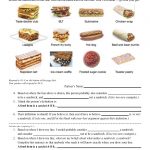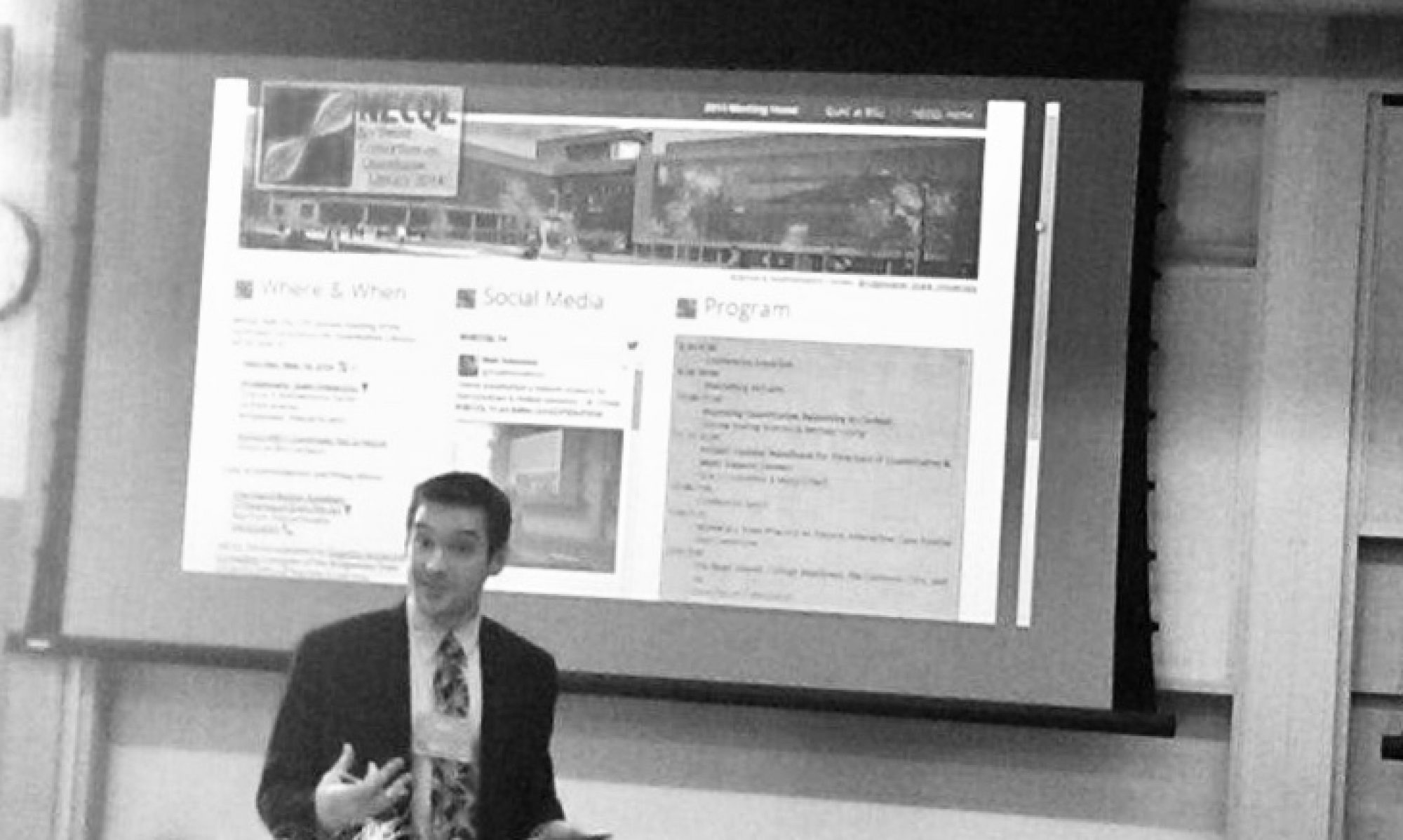For my Winter 2021 intersession course, MATH 105 Mathematical Thought & Practice, students will have a choice of three “Conversation” assignments, completion of one of which is necessary to unlock further content modules of the course. The course hasn’t begun yet, but I’m pre-emptively pleased with the variety of activities students can select, as well as the themes that tie these reflective assignments together.
Strand 1: “Who is Math?” blog posts
In this strand, students explore and respond to the question “Who is mathematics by? Who is it for?” This is a set of four reading-and-writing-primary activities, and students will submit their written work to a discussion board in Canvas.
In each response the prompt is the same:
Respond to the reading in at least 500 words, highlighting your responses to at least one of the following questions.
- What, for you, is the main takeaway from this reading? What is most memorable/significant in it for you?
- Do you mainly agree or mainly disagree with the author’s point? Why? What experience(s) in your life do you think might be informing your agreement/disagreement?
- Describe one way that reading this article made you feel, and why; and further, describe one way that you might be able to act upon what you’ve learned, felt, or experienced in this reading.
- Is Mathematics Everywhere?
Barany, M. “Mathematicians Are Overselling the Idea That ‘Math Is Everywhere”. Scientific American guest blog, August 26, 2016, accessed at https://blogs.scientificamerican.com/guest-blog/mathematicians-are-overselling-the-idea-that-math-is-everywhere/- “Mathematics is Everywhere.” This is a frequent claim you’ll hear mathematicians, math teachers, and the mathematically curious make, usually to encourage others to take an interest in the subject. But, exactly how is this statement true? How universal is mathematics for all people, all cultures, and for society and democracy?
- Who “Belongs” in Mathematics?
Petters, A. “Belonging”. Notices of the American Mathematical Society, 65 (2), Feburary 2018. Accessed at https://www.ams.org/journals/notices/201802/rnoti-p120.pdf- Who can be a part of a mathematical community? While we often think of math as a system of “truths” that are disconnected from humans and society, it is still not true that all people and groups of people are included in mathematics education and research equally. Why might that be? Who decides who to include in the world of mathematics, or exclude? What would it look like if all people felt the sense of belonging in math?
- DESTROYED by “Facts and Logic”
McCrea, A. “The Magical Thinking of Guys Who Love Logic”. TheOutline.com, February 15, 2019. Accessed at https://theoutline.com/post/7083/the-magical-thinking-of-guys-who-love-logic- How did “facts and logic” become a weaponized concept? In today’s political culture, and especially in social media, the subtle arts of persuasion and mutually-respectful discourse often give way to the loudest voices in the room. Those voices are often not content with defending their points of view; they see it as their mission to “prove” their interlocutors are objectively “wrong” using the almighty powers of “facts and logic”. But are their arguments always as rational as they say? As logical as they say? Why do some people feel more entitled to lay claim to logical reasoning than others, and what effects can this have on the ways we interact and learn from one another in online communities?
- Mathematics for Human Flourishing
Su, F. “Mathematics for Human Flourishing”. The Mathematical Yawp, January 8, 2017. Accessed at https://mathyawp.wordpress.com/2017/01/08/mathematics-for-human-flourishing/
Accompanying video:
- Why is mathematics really “human”? What does math add to the human condition? School mathematics (our current course included!) can only provide a narrow and temporary view on what mathematics is, where it resides in the world, and why we should care about it. So when mathematicians and math educators claim that math is much more than what happens in a classroom, what do we mean? Why should we want to think mathematical thoughts in our lives? What good does mathematics do in the world, even math that isn’t directly applicable to everyday questions and contexts? How does doing mathematics help us to become more – not less – human?
Strand 2: “What is Math?” FlipGrid video responses
In this strand, students confront the ways in which mathematical “knowledge” shapes, and is shaped by, the disconnect between individuals’ intuitions and community consensus. “How is mathematics changeable?”
This strand relies mainly on students viewing videos and responding in FlipGrid audio/video themselves, of no more than 2 minutes in length. It begins in what has become for me a familiar starting point for any math course.
- Is It a Sandwich?
Is a hot dog a sandwich? Where do you draw the line?Shown here is a set of twelve foodstuffs that some people might consider to be a “sandwich”.
Think carefully about which ones you think are sandwiches, and explain in your response:* Which of these twelve foods was the most “borderline” to you? That is, which one made you pause and think the hardest before deciding whether to call it a sandwich?
* Explain how you decide whether something is or is not a sandwich. Where do you think this idea came from in your life?
* What do you think this activity has to do with mathematics? Does it remind you of any parts of your own past experiences with math? - When Sets Aren’t
Sets, as we are studying them, are among the most important objects of study in the foundations of mathematics. But, how well do we really understand the definition of what makes a “set”? What are some potential problems that arise because our definition and our intuition might not match?Watch the attached video (14m15s) on “Russell’s Paradox – A Ripple in the Foundations of Mathematics”.
https://youtu.be/xauCQpnbNAMThen record your response to one or more of the following prompts.
* Is every collection of objects a “set”? Why or why not? Give an explanation in your own words.
* What do you find important about this example? What does it illustrate to you about what math “is”?
* What does this video have to do with last week’s “Is It a Sandwich” activity? - Why Nothing Matters
In our FlipGrid series so far, we’ve been exploring what happens when our intuitive ideas about a mathematical concept come into conflict with our formal definitions. Surely this can’t happen in logical reasoning, can it? Don’t we have a good enough intuitive handle on truth, falsehood, and what makes a logical argument valid?
Watch the attached video (3m36s) entitled “Vacuous Truths: Why Nothing Matters” and record your response to one or more of the following prompts.
* Explain what a “vacuously true” statement is, in your own words.
* Does it feel “right” to you that a vacuously true statement is, logically speaking, true? Why or why not?
* Can you think of an example of a vacuously true statement that you’ve seen, or made, in your own life? What function did it serve in your discussion at the time? - Mathematical Revolutions
Sandwiches, sets, and truths: Our mental intuitions and formal definitions often don’t match. Can we go on this way forever? What happens when this tension becomes too great, too widespread to bear? Might some of the notions we’ve studied in our class be ready for a radical change? What could that look like?Watch the attached video (9m23s) “Thomas Kuhn, Scientific Revolutions”. Then, record your response to one or more of the following prompts.
https://youtu.be/JQPsc55zsXA* Kuhn describes how scientific theories change “all at once” after sufficient evidence against the prevailing theory creates a “crisis.” Have we encountered any of those crises in our mathematical definitions this semester? When and where?
* Does mathematics evolve and change over time in the same way that science does? What evidence can you supply to support your view on this?
* Find and describe an example of a current “crisis” in mathematical thought and practice.
